SMT Assembly Procedure and Future Trends
The article introduces the SMT (Surface Mount Technology) assembly process and future trends. Key steps include solder paste printing, chip mounting, reflow soldering, cleaning, inspection, and rework. Future trends highlight fast, flexible systems, green practices, and high-efficiency, intelligent systems. SMT's potential revolutionizes electronics manufacturing with wide industrial applications.
The article provides a thorough introduction to the SMT (Surface Mount Technology) assembly process and elaborates on its future development trends.
SMT Assembly Process
The article provides a thorough introduction to the SMT (Surface Mount Technology) assembly process and elaborates on its future development trends.
The process of SMT assembly consists of several complex steps, including solder paste printing, chip mounting, reflow soldering, cleaning, inspection, and rework. All these steps are equivalent in ensuring that the product performs well and is high quality.
Solder Paste Printing
Solder paste printing applies solder paste to PCB pads via stencil apertures. The solder paste printer will be the first piece of equipment added to the SMT assembly line to do this.
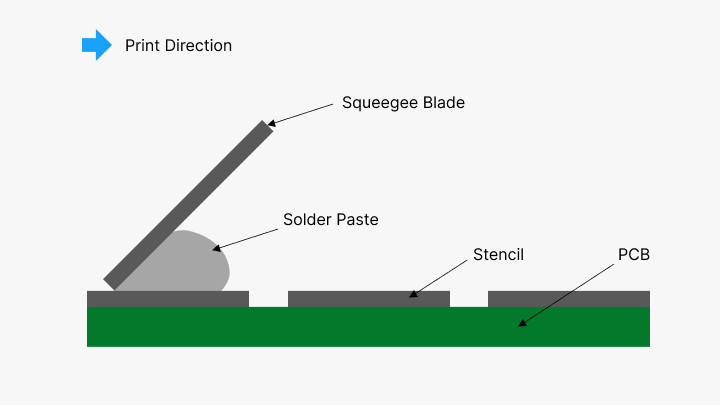
Chip Mounter
Chip mounting—this is a process that places components onto the PCB according to the design specification. In other words, it is done by a chip mounter, the second machine in the line of SMT assembly after a solder paste printer.
Reflow Soldering
During reflow soldering, this solder paste would be melted to bind the SMC or SMD onto the PCB. Likewise, it takes place in the reflow soldering oven downstream of the chip mounter in the assembly line.
Cleaning
There are potentially hazardous residues in the area that need to be cleaned that were probably left behind after the cleaning procedure. A cleaning machine, which can be online or offline to the SMT manufacturing line, performs this procedure.
Inspection
Inspection confirms the quality of soldering and assembly according to the set standards. A lot of inspection equipment and tools are utilized, such as magnifying lenses, microscopes, In-Circuit Testers—ICT, flying probe tests, Automated Optical Inspection (AOI), X-ray inspection, and functional testers. All of these can be tactically positioned along the assembly line.
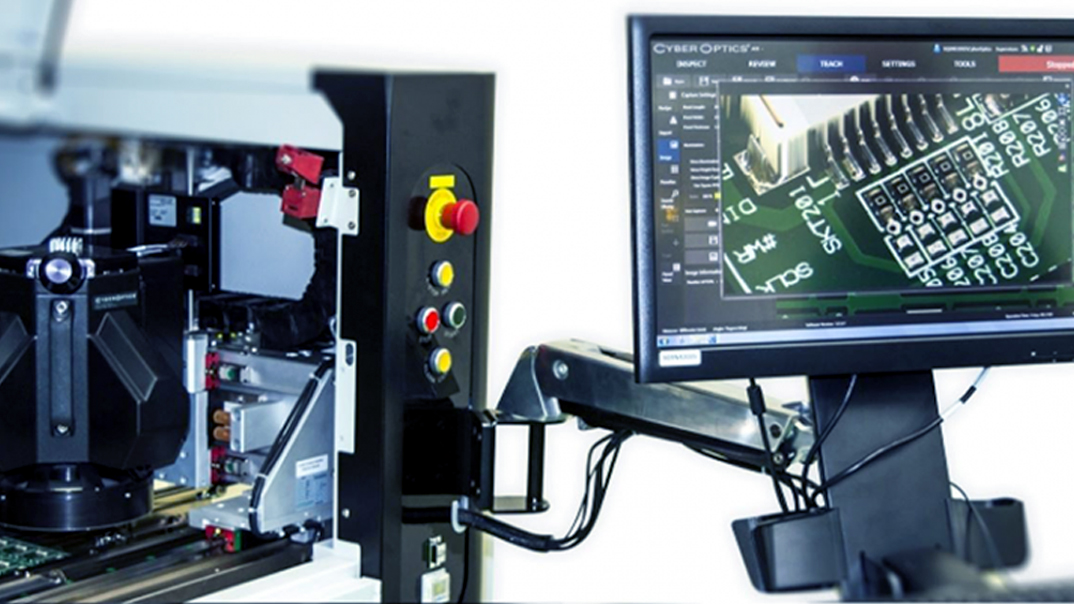
Rework
Rework addresses and rectifies the flaws found during the inspection process. This process uses equipment such as electric soldering irons and rework stations and can be placed anywhere in the line of SMT assembly where appropriate.
Future Trends in SMT Development
Fast, Flexible, and Rapidly Responsive Systems
Swift, adaptable, and agile technical systems will be more and more important to enterprises as they seek to maximize profitability and seize market opportunities in more competitive conditions. In this respect, SMT machinery will need to improve in areas like responsiveness, speed, and flexibility.
Thus, SMT assembly lines evolved from a single to a multi-equipment setup to increase production volumes without necessarily losing the high-efficiency levels desired, which remains indicated by productivity and control efficiency. Modern SMT lines are taking the route of a double-line setup to improve production rates while reducing space occupied.
Green and Environmentally Friendly Practices
Environmental protection will become increasingly crucial in SMT assembly. Starting with the materials used, from the packaging, solder paste, adhesives, and flux to the way assemblies are made, there was always an environmental impact associated with SMT manufacturing. Improvements in the future deal with green manufacturing lines.
Green manufacturing puts the requirement of meeting environmental standards from the start. For this purpose, every single phase of the assembly process will be critically thought out for its potential to produce pollution, which will define the choice of suitable SMT equipment and materials, test manufacturing regulations, and create environmentally friendly conditions. More eco-friendly awareness will play a vital role in directing SMT line design, equipment selection, and operation.
High-Efficiency and Intelligent Systems
SMT equipment has evolved with the progress of SMT assembly. The manufacturing efficiency of SMT will be the main criterion for performance evaluation of SMT equipment in the future, which requires structural adjustments and improvements in performance enhancement for the machinery of SMT.
SMT equipment's versatility allows users to rewrite services to meet individual requirements. Modular designs can handle a wide range of tasks, allowing for diverse component mounting needs at varying levels of accuracy and speed to provide improved overall manufacturing efficiency.
Conclusion
Because of its inherent advantages and potential for widespread application to numerous industries, partially or replacing traditional assembly processes, it creates a tremendous revolution in electronics. To fully realize its potential in numerous industrial applications, the SMT assembly process and its development patterns must be understood.
Hot Tags:
Contact us

If you can't find what you're looking for, please contact us.
Article
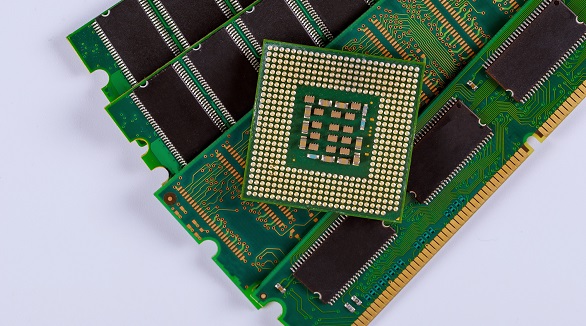
Ensuring BGA soldering quality involves defect prevention, pre-soldering measures, and precise control during SMT assembly and reflow soldering.
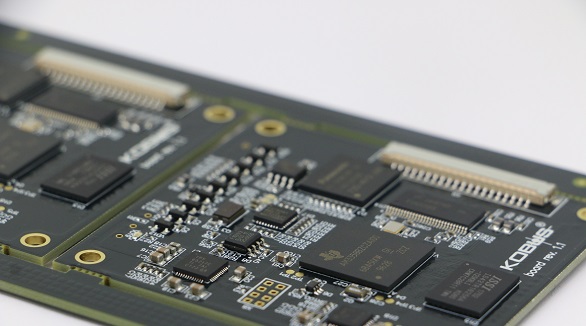
SMT assembly places components directly on PCBs, enhancing miniaturization, performance, and efficiency. Key steps: solder paste printing, chip mounting, reflow soldering, and inspection.
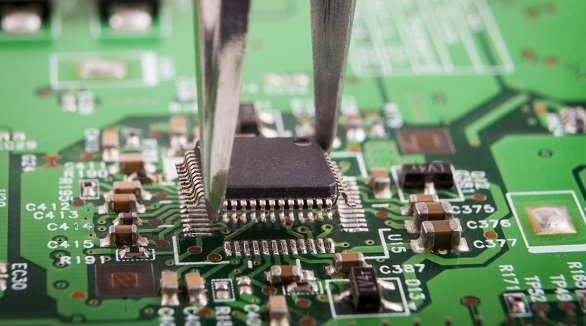
Still, SMT can further feature defects such as solder bridging, cold solder joints, tombstoning, and solder balling. Grasping the very common faults and their solutions is the key toward effective PCB assembly and reducing SMT errors—very much in line with the trend toward PCB miniaturization and higher component density.
